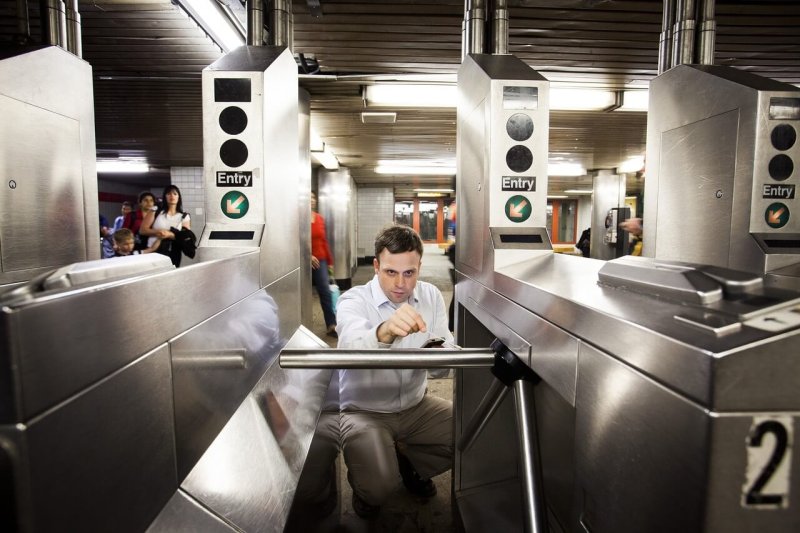About 12,000 bacteria and viruses collected in a sampling from public transit systems and hospitals around the world from 2015 to 2017 had never before been identified, according to a study by the International MetaSUB Consortium, a global effort at tracking microbes that is led by Weill Cornell Medicine investigators.
…
“Every time you sit down in the subway, you are likely commuting with an entirely new species,” said senior author Dr. Christopher Mason, co-director of the WorldQuant Initiative for Quantitative Prediction.
By collecting samples of microbes and analyzing their genes – collectively known as the microbiome – the researchers hope to learn more about the bacteria, viruses and other microorganisms that live among humans. For example, the research may help to identify the emergence of antibiotic-resistant strains.
Predicting antibiotic resistance from genetic sequences alone is challenging, but the researchers were able to map some genes known to be linked to resistance, quantify their abundance and confirm the genetic markers’ ability to confer resistance. They found that some cities had more resistance genes than others, and that there might be city-specific signatures for some of these genes.































